Latest Posts
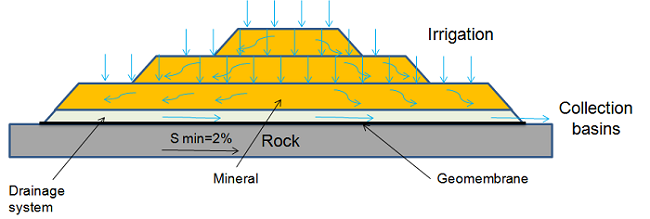
Porous Media Flow Simulations for the Mining Industry with AMPHOS 21
The mining industry pre-dates sophisticated simulation software and the computers it runs on by thousands of years. As an essential modern industry, however, the technical and analytical capabilities offered by AMPHOS 21, a COMSOL Certified Consultant, are critical for both understanding and optimizing mine operations. Recently, we sponsored a webinar together with NASA Tech Briefs on “Mining and Hydrogeology: Porous Media Flow Simulations with COMSOL”, featuring environmental consultants Jorge Molinero and Elena Abarca from AMPHOS 21. Here are some of […]

COMSOL Conference 2013 Boston Keynote Speaker Round-Up
The COMSOL Conference 2013 Boston finished up on Friday last week. There were lots of excellent posters and user presentations, and some enriching conversations during the coffee breaks. On Thursday, our three keynote speakers took to the stage and treated us to each of their multiphysics simulation stories. Here’s a round-up of who presented and what they shared with the audience.
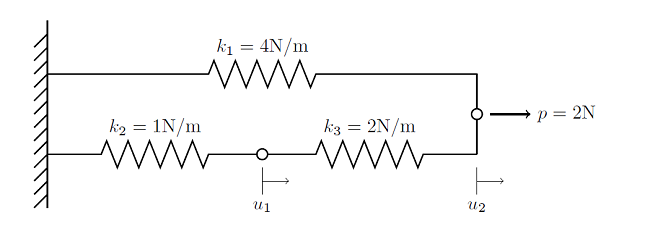
Solving Linear Static Finite Element Models
In this first blog entry of our new solver series, we describe the algorithm used to solve all linear static finite element problems. This information is presented in the context of a very simple 1D finite element problem, but is applicable for all cases, and is important for understanding more complex nonlinear and multiphysics solution techniques to be discussed in upcoming blog posts.

COMSOL Conference 2013 Boston Paper and Poster Winners
On Thursday evening of the COMSOL Conference 2013 Boston, winners of the top papers and posters were presented with their awards. Reading through their papers and posters, I noticed a common theme: they all included experimental validation of their simulation results. While modeling provides crucial insight and understanding, as well as the opportunity to design and optimize your applications and processes, its credibility often depends on whether results test well against known results. The award winners at the multiphysics conference […]
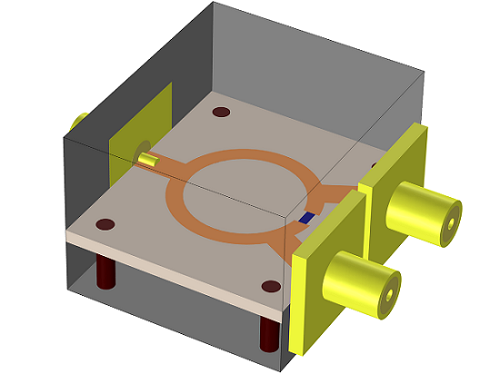
Wilkinson Power Divider Simulation
A Wilkinson power divider is a common three-port power splitter circuit that is used to split an input signal into two equal output signals, or to combine two signals into one. Unlike resistive or T-junction power dividers, a Wilkinson power divider allows for nearly complete isolation between the two ports and adds no resistive losses to the power split. Because of these characteristics, a Wilkinson divider is widely used in radio communication systems due to its ability to prevent crosstalk […]
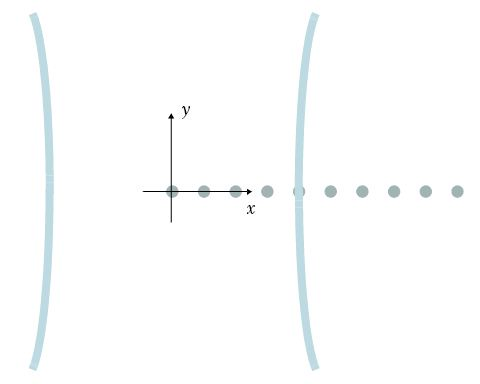
Gaussian Beam Striking an Array of Nanorods
A Gaussian beam that is striking an array of nanorods is an example of optical scattering. Consider metallic nanorods that are very close together and have a diameter much smaller than the wavelength of a Gaussian beam that falls upon them. If the beam were to be polarized along the rods, they would act as though they were not actually individual rods, but a sheet of metal. The array is nearly transparent to the wave when it is polarized perpendicular […]
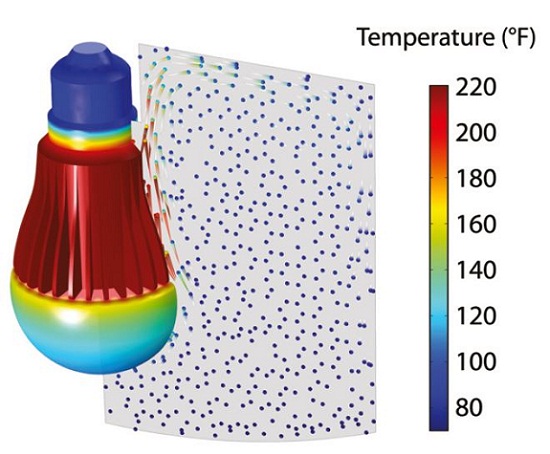
Veryst Engineering Simulates LED Lighting Designs
Last month, COMSOL Certified Consultant Veryst Engineering was featured in Software Tech Briefs, a special supplement to NASA Tech Briefs. Veryst is known to leverage multiphysics simulation software for analyzing LED lighting designs and other complex industrial problems. The project mentioned in the article focused on building a thermofluid-mechanical model of an LED light bulb in order to explore and optimize thermal management techniques within the bulb.
Integrated Circuit Design and the Photolithography Process
When designing products on the nanometer scale, physics interactions that are considered negligible on the larger scale make their presence known. One such case where these forces must be taken into account is in the design of integrated circuits, where understanding and optimizing the effects of van der Waals forces, attractive forces, and surface tension become vitally important to creating a robust design. As technological advancements call for both the size of integrated circuits to decrease and the density of […]
